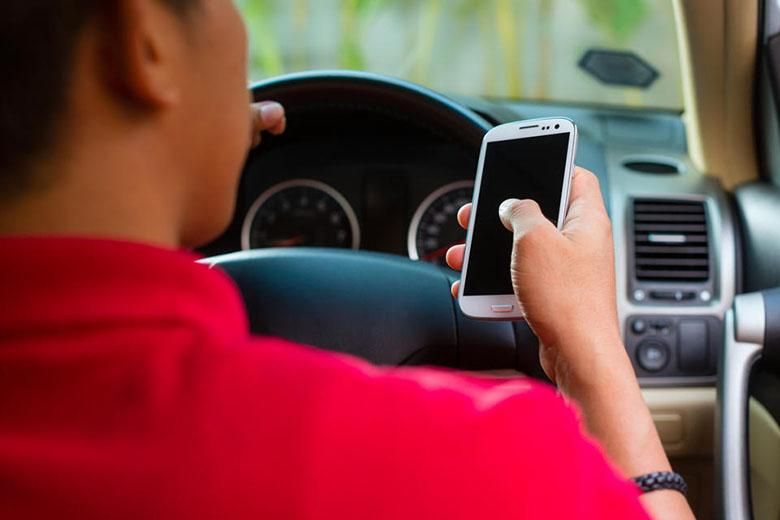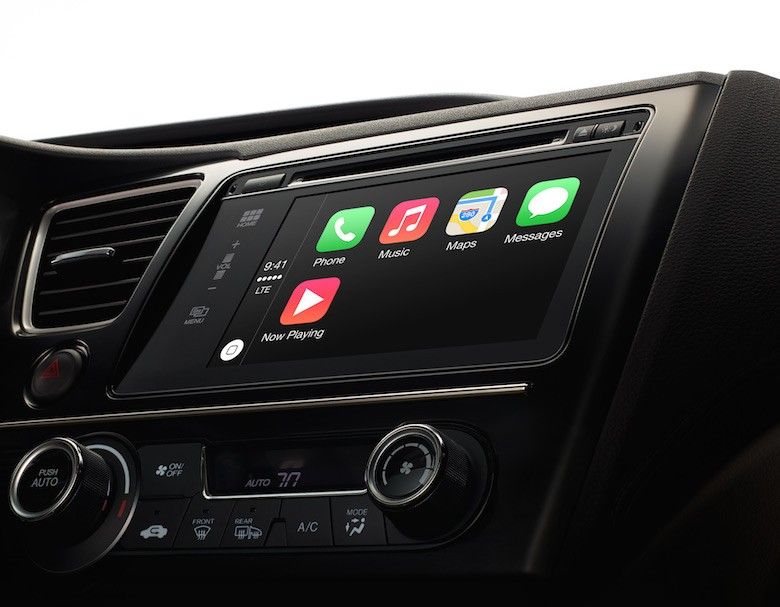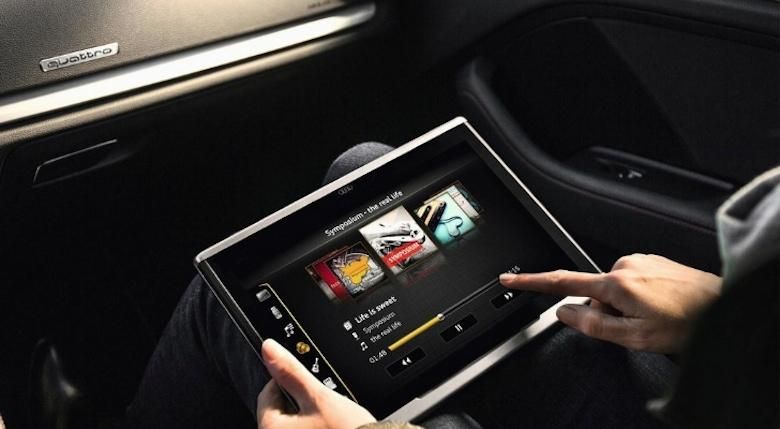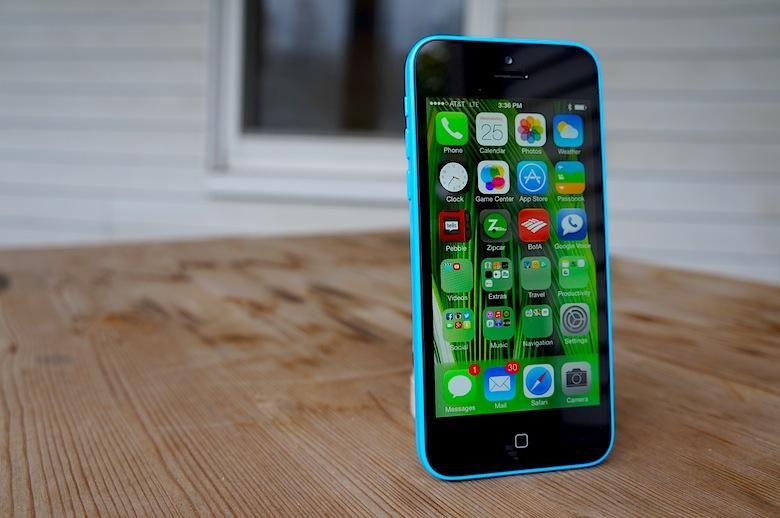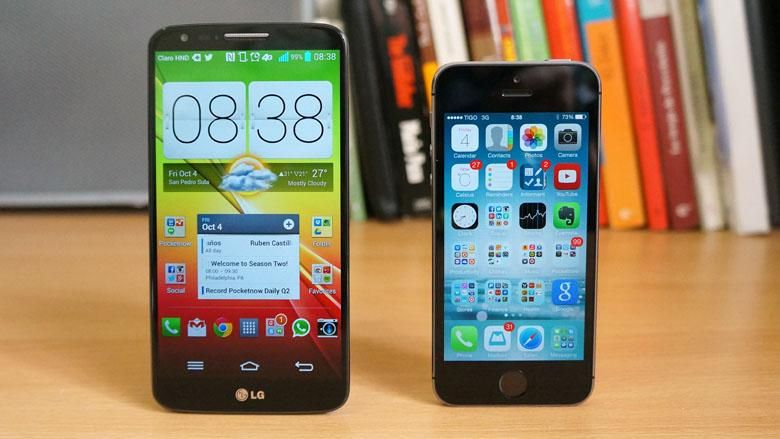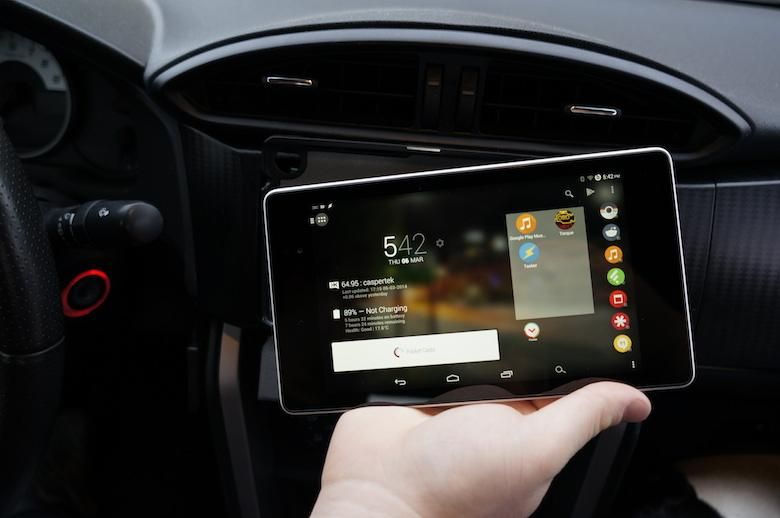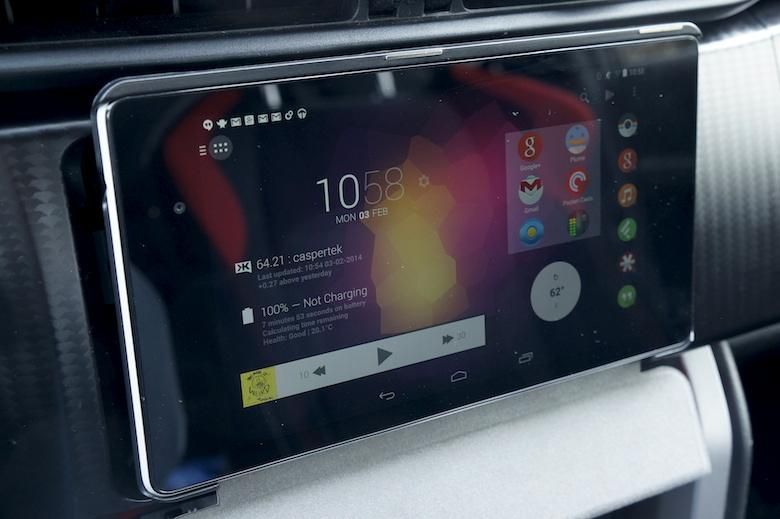The push for better vehicle infotainment has begun, and it’s being spearheaded by none other than the mobile industry’s two leading companies: Google and Apple.
Apple’s CarPlay, announced earlier this week at the Geneva Motor Show in Switzerland, was shown off in detail by Volvo. The other major partners are Mercedes-Benz and Ferrari, but you can also expect CarPlay to be present in vehicles from BMW, GM, Ford, Honda, Toyota, Hyundai, Subaru, Land Rover, Kia, Mitsubishi, and more.
Google’s push into your commute starts with Audi Smart Display, powered by Android, of course. This is part of Google’s Open Automotive Alliance initiative, of which Honda, GM, and Hyundai are also part of.
How do the two systems differ? What sort of features do they bring to your car dash? While they’re not wildly different in concept, the deeper you dive into the matter, the less alike the two become.
A better in-car multimedia experience
The way media has been delivered in-car has only narrowly change over the last decade. Music is primarily played through radio, CDs, and more recently through auxiliary input or Bluetooth streaming. Either way, all of it is handled through antiquated, analog interfaces, resistive touch screens, and physical volume knobs.
In other words, while the technology world has been moving in leaps and bounds since the turn of the century, in-car multimedia has been … at a practical standstill.
Both CarPlay and Audi Smart Display aim to change that, by harnessing the power of mobile devices inside the car.
Both offer Internet streaming services, like Spotify, Pandora, iheartradio, Google Play Music All Access, iTunes Radio, etc. You still have access to the good ol’ FM radio, too, as well as your own personal media catalogs. The navigation services in CarPlay and Audi Smart Display are powered by Apple Maps and Google Maps, respectively. Gone are the days of relying on paid map updates and aftermarket, dash-mounted GPS units.
The only part that is really changing is how much easier these systems will make accessing your favorite types of media while in-car – podcasts, Internet radio, etc. – through familiar UIs and more capable, modern hardware.
In this respect, both in-car systems are quite similar.
Inbuilt vs modular
Both CarPlay and Audi Smart Display will come as add-ons from car manufacturers. The difference, however, is how they’re implemented.
CarPlay is permanently installed in the car’s center console. It replaces the standard head unit, climate control, and other in-car settings. It’s only useful inside the car.
Audi Smart Display, on the other hand, is a modular setup. It’s actually a tablet, which can be installed and removed from the car, on the fly. There is a driving mode which provides all the essentials, such as music, pertinent car information, etc. But it also acts as a fully-fledged Android tablet running Android 4.3 Jelly Bean. It has access to all Google Play Services, and it acts as any other Android tablet, in or outside the car.
Phone dependency and connectivity
CarPlay is entirely dependent upon the user’s smartphone. It uses the user’s existing data connection and pulls all its information directly from the phone – contacts, maps, and compatible multimedia apps. Sounds great, right?
Definitely, except for one, major caveat. CarPlay requires an iPhone equipped with a Lightning connection and iOS 7 – no iPhone 4 or 4S, no iPads, and certainly no Android devices. CarPlay means you must choose your smartphone based on your car, else you can’t take full advantage of your car’s inbuilt entertainment system.
Why is this so significant? It’s a major (and very clever) stride for Apple. It encourages mobile users who want an all-encompassing in-car experience to trade in their Android smartphone for an iPhone. In that regard, it’s fantastic. But how soon will Apple update CarPlay standards? One year? Two years from now? And how quickly will iPhones change?
What if your future iPhone isn’t compatible with the CarPlay system in your three-year-old car? You could find yourself hanging onto an old phone, just to have in-car entertainment or shelling out a hefty sum of cash to upgrade your car’s dash. We don’t like the sound of having to choose your smartphone based on your car, but it’s something many may have to deal with in the near future.
Audi Smart Display, however, is completely smartphone independent. It pulls its data connection from the car’s own LTE connection, and it communicates with the car via Wi-Fi. The caveat to this method is the need to pay for yet another data package, just for Internet access. Remember, though, Audi Smart Display is a full Android tablet, after all.
Which is better?
There is no clear cut answer here. I cringe at the thought of having to choose my next smartphone based on the car I want. Apple is cornering the infotainment market as a way to boost its mobile market share. It’s smart, but it will ultimately force customers to either choose a car or phone they may not really want, unless car manufacturers offer an alternative.
And I definitely don’t like the thought of my car dictating whether I can or cannot upgrade my smartphone, because it may not be compatible with CarPlay technology in the forthcoming years. Keeping up with technology could get a whole lot more complicated and/or expensive this way.
I’m a fan of the phone-agnostic system, though Audi Smart Display isn’t exactly as integrated or impressive (in appearance or ease of use) as CarPlay. It’s a very basic implementation of an Android tablet in a car dash, which is exactly what I’ve done in my car.
I installed a Nexus 7 in the dash of my car, and I love it.
Either way, it’s great to see the car industry finally start catching up in terms of infotainment systems, and I can’t wait to get my hands on either. Maybe Audi and Ferrari will send me review cars so we can create the most epic Pocketnow comparison of all time.
Image via autoevolution

